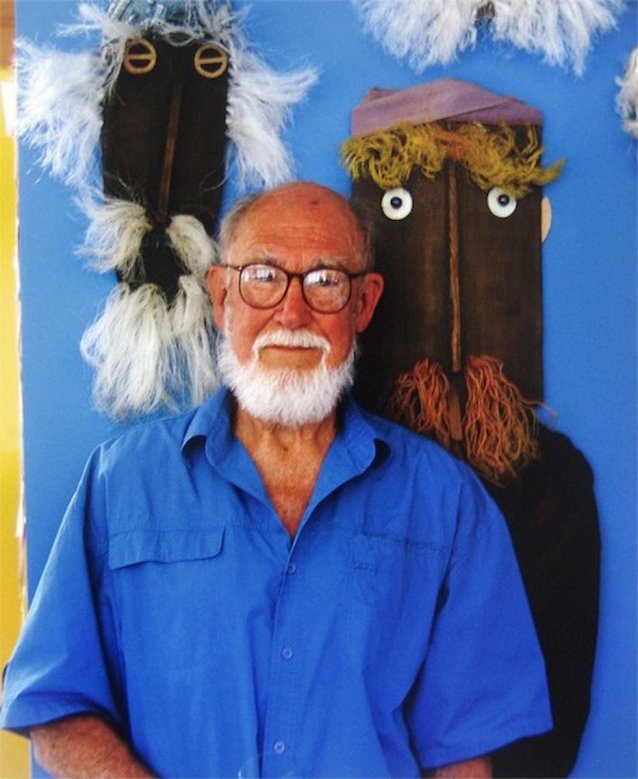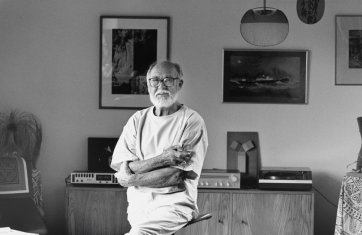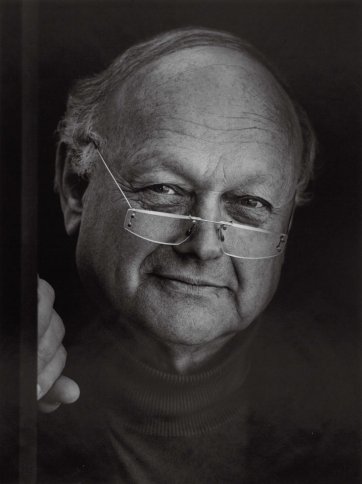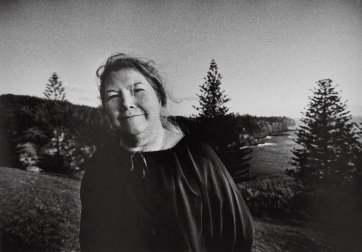Gordon Andrews (1914-2001) was one of Australia's foremost industrial designers. Working in Britain and Italy as well as Australia, in 1955 he became the first Australian designer to be elected as a Fellow of the UK Society of Industrial Artists and Designers; later he gained membership of the Faculty of Royal Designers for Industry and the Alliance Graphique Internationale. In the early 1960s Andrews designed the interiors for the Australian Pavilion of the Comptoire Suisse trade fair, the New South Wales Government Tourist Bureau, Sydney and the New Zealand Government Tourist Bureau. In 1963 he was invited to submit designs for Australia's new decimal currency notes. The selection committee voted unanimously for Andrews's designs, and on February 14, 1966 his $1, $2, $10 and $20 notes entered circulation. Shortly before their issue, it had been decided that a $5 note would be required too - Andrews was engaged to design it, and also the $50 note when the need for it subsequently arose. When the present-day polymer plastic notes began to replace paper ones in 1992, Andrews served on the advisory panel that oversaw their design. The retrospective exhibition Gordon Andrews: a designer's life, reflecting the breadth of Andrews's involvement in design, was held at the Powerhouse Museum in 1993. Andrews's own monograph Gordon Andrews: A designer's life, was published the same year. Both the book and the exhibition drew predominantly on the extensive Gordon Andrews design archives, acquired by the Powerhouse Museum before bush fires destroyed his home at Lovett Bay, near Sydney's Church Point, in January 1994.
Collection: National Portrait Gallery
Gift of the artist 2005
© Anthony Browell
The National Portrait Gallery respects the artistic and intellectual property rights of others. Works of art from the collection are reproduced as per the
Australian Copyright Act 1968 (Cth). The use of images of works from the collection may be restricted under the Act. Requests for a reproduction of a work of art can be made through a
Reproduction request. For further information please contact
NPG Copyright.





















